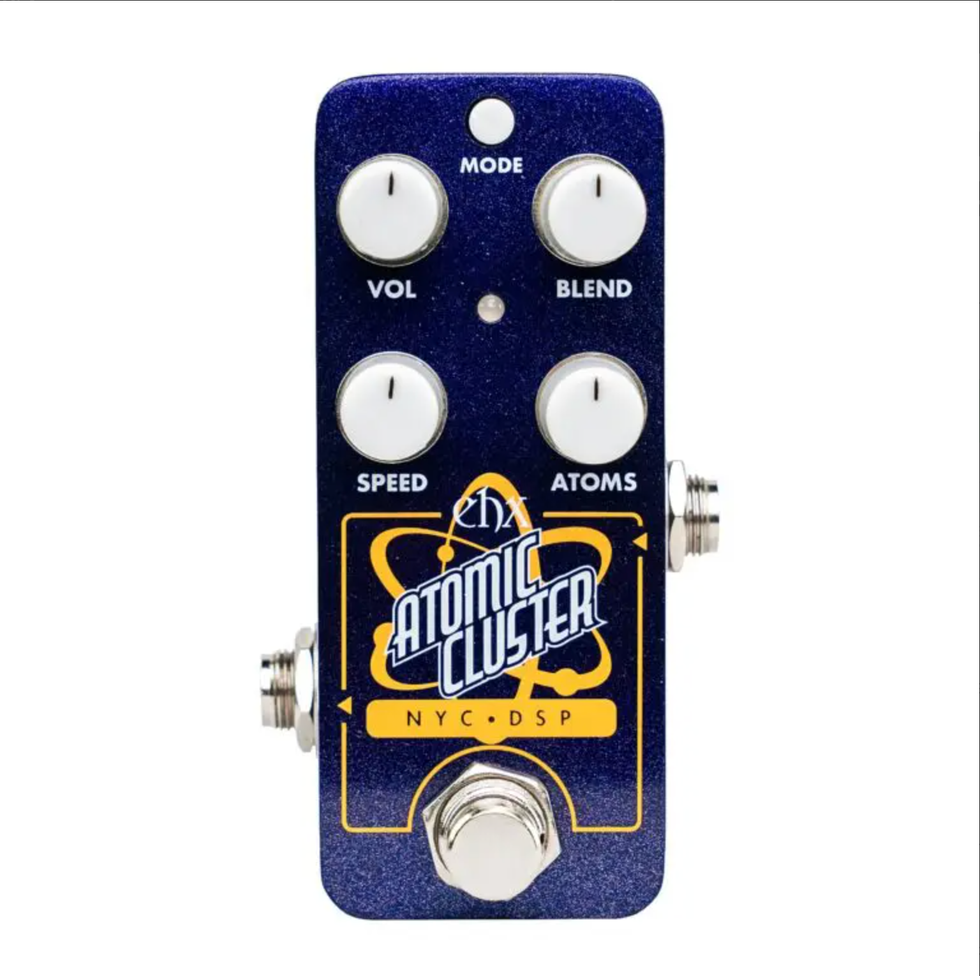Nearly 50 years ago, renowned luthier Richard Bruné opened his storefront workshop three blocks from my home. I’d occasionally stop inside to marvel at all the wood and tools, and ask a few naïve questions. I had already started repairing and setting up guitars, but hadn’t considered the idea of making one from scratch. Still, it was fascinating to see that someone could make a living building guitars. The practice certainly wasn’t as prevalent as it is today.
Inside the workshop, cedar, cypress, and rosewood boards were stacked up neatly, along with Honduras mahogany blanks used for necks. I recognized the medium-brown mahogany wood as being the same wood used for the body and neck of my 1952 Les Paul, but that seemed the only thing that linked my electric with the flamenco instruments Bruné specialized in. I’d never thought about why the type of wood could make a difference, but Bruné certainly did. I think it was also the first time I’d heard the term “tonewood.”
It might be science. Now, it seems obvious that stringed instruments rely upon the properties of their wood for their sound. If you don’t believe that, try stretching a guitar string with your hands while someone plucks it. Or you could just play a brass-bodied resonator guitar for comparison.
There is solid scientific evidence that volume and timbre are affected by a material’s flexural modulus and its mass. Stiff, dense materials (mostly for tops, but also backs and sides) can be made thinner to reduce weight, which increases response to vibration. The quicker response puts emphasis on the attack of the note, whereas a less dense wood may tend to favor a gentler rise to volume. This is an oversimplification, but serves as an illustration as to how a builder might select different wood species to tailor an instrument’s sound.
Following tradition. Not long after my chats with Bruné, I had the opportunity to help construct a bass for myself in repairman John Montgomery’s basement shop. By then, I’d noted the difference between many of the woods that the major guitar manufacturers used. And when I decided to build a circa-1967 Flying V-style bass, it seemed natural to choose mahogany and rosewood like the Gibson EB-3 I already owned. I liked the look and sound of that instrument, so it was a matter of convention, I suppose. I later learned that there was a lot more to a guitar’s sound than just wood and pickups, but that’s where I started. So, why did Gibson (and others) choose mahogany for so many of their instruments?
Chicken or egg? Many of the early manufacturers were no doubt influenced by several factors. Mahogany has long been considered a premium wood, especially in furniture. Genuine mahogany (Swietenia macrophylla), sometimes called Honduras mahogany, possesses a rich brown color and captivating grain structure that lends an air of quality to any instrument based upon appearance alone. Mahogany is also a joy to work with whether using machines or hand tools, and is also extremely stable. It takes a finish more easily than oily woods like rosewood, which also helps make it an obvious favorite of furniture and guitar makers.
It may be these practical factors that led Gibson and Martin to substitute mahogany for the more expensive rosewood in downscale acoustics, and likewise in their inherently less-costly electric models. The aura of mahogany as a so-called “tonewood” may have been a marketing device used to position instruments above more pedestrian guitars using domestic woods like maple, ash, and alder. As such, the sonic fingerprint of mahogany may be a matter of tradition as much as anything else.
Scarcity and desirability. Since the late 1700s, mahogany from South America has been highly prized for shipbuilding, furniture, homes, and musical instruments. Mahogany trees in the wild grow slowly, achieving heights as tall as 200 feet and yielding boards several feet in width. Because genuine mahogany was harvested ruthlessly for several centuries, however, it is now highly regulated, and almost all that’s available is plantation grown.
Despite large increases in costs, some instrument makers have noted a decline in the quality of the plantation-grown mahogany, yet it continues to be a staple. Others have looked to alternatives such as okume, obeche, and khaya (referred to as African mahogany), as well as domestic woods like maple and walnut. Old-growth mahogany boards still surface, and are extremely desirable, but have also become insanely expensive.
Given the success of instruments built from readily available materials such as ash, poplar, alder, and even pine, it is uncertain if mahogany instruments will retain their air of superiority in the future. Certainly, guitarists who favor classic-style upscale guitars will continue to favor the beauty of mahogany, while perhaps not enjoying the price. For those who feel that tonewoods are a myth, the future is boundless. As far as the difference in sound is concerned, the answers are highly personal and will be debated for years to come. What’s certain is that mahogany in some form is here to stay, as is the word tonewood.














![Rig Rundown: Russian Circles’ Mike Sullivan [2025]](https://www.premierguitar.com/media-library/youtube.jpg?id=62303631&width=1245&height=700&quality=70&coordinates=0%2C0%2C0%2C0)








